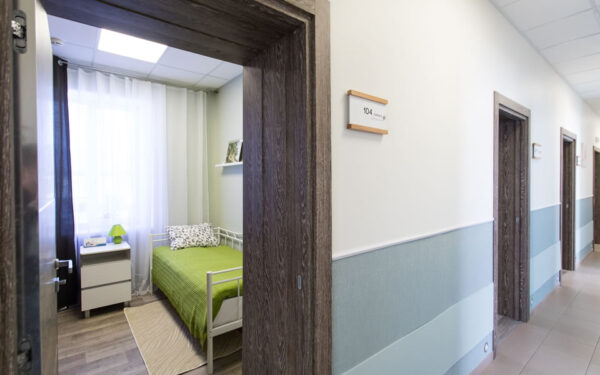CMS Releases Data on Hospital and Nursing Home Mergers
By Lauryn Thibodeau, Supervisor, Assurance Services
There’s no doubt the past few years put a huge strain on healthcare organizations throughout our country. The COVID-19 pandemic forced these facilities to operate under extreme conditions. For nursing homes and senior living facilities in particular, the pandemic revealed areas of their operations that could be improved.
As a result of this increased scrutiny on these organizations, on February 28, 2022, the Biden-Harris administration outlined steps the Department of Health & Human Services (HHS) will take (through its Centers for Medicare & Medicaid Services (CMS)), to improve the quality and safety of nursing homes, protect residents and healthcare workers, and crack down on facilities that fall short of these standards. The three main objectives, as stated in the fact sheet, are to ensure that:
- “Every nursing home provides a sufficient number of staff who are adequately trained to provide high-quality care;
- poorly performing nursing homes are held accountable for improper and unsafe care and immediately improve their services or are cut off from taxpayer dollars; and
- the public has better information about nursing home conditions so that they can find the best available options.”
In response to the call for increased transparency, CMS created a database of nursing home owners and operators — which increased its focus on mergers and acquisitions of hospitals and nursing homes. In a press release on April 20, 2022, CMS announced that for the first time ever it publicly released data on mergers, acquisitions, consolidations, and changes of ownership from 2016-2022 for hospitals and nursing homes enrolled in Medicare. CMS will update and release this data quarterly. The goal is that access to this data will enhance transparency for hospitals and nursing home patients and their families.
Mergers and acquisitions are nothing new in the healthcare industry. As CMS released its data, HHS’s Office of the Assistant Secretary for Planning and Evaluation (ASPE) simultaneously released a related report analyzing the trends in ownership over the past six years. According to the report, 348 hospitals and more than 3,000 skilled nursing facilities experienced a change in ownership between 2016 and 2021. The data further revealed that medium and larger hospitals (compared to small hospitals), hospitals with negative profit margins, and long-term care hospitals were more likely to have changes in ownership.
The rate at which hospitals sold varied significantly by state. While the national average was 4.6%, some states were well above that average. In South Carolina, 19.2% changed ownership during the six-year period. States including Kentucky, New Jersey, and Connecticut had rates above 10%; however, the majority of states had rates of 4% or lower.
According to CMS, this data is a powerful tool for researchers, state and federal enforcement agencies, and the public to better understand how consolidation impacts healthcare prices and quality of care. However, with the increased access to data comes increased scrutiny that could have a major impact on hospital and nursing home M&A deals going forward. According to a recent report by KaufmanHall, healthcare mergers and acquisitions surged in 2021, increasing 56% through November 15. However, M&A activity among hospitals and nursing homes remained well under pre-pandemic levels in Q1 2022, which might indicate that regulatory pressures are inhibiting M&A volume.
Finding the right advisors will be key going forward. Marcum offers a variety of regulatory, operational, financial, and tax advisory services to help your organization prepare for the changing environment.







